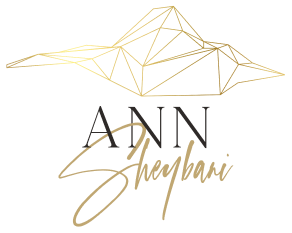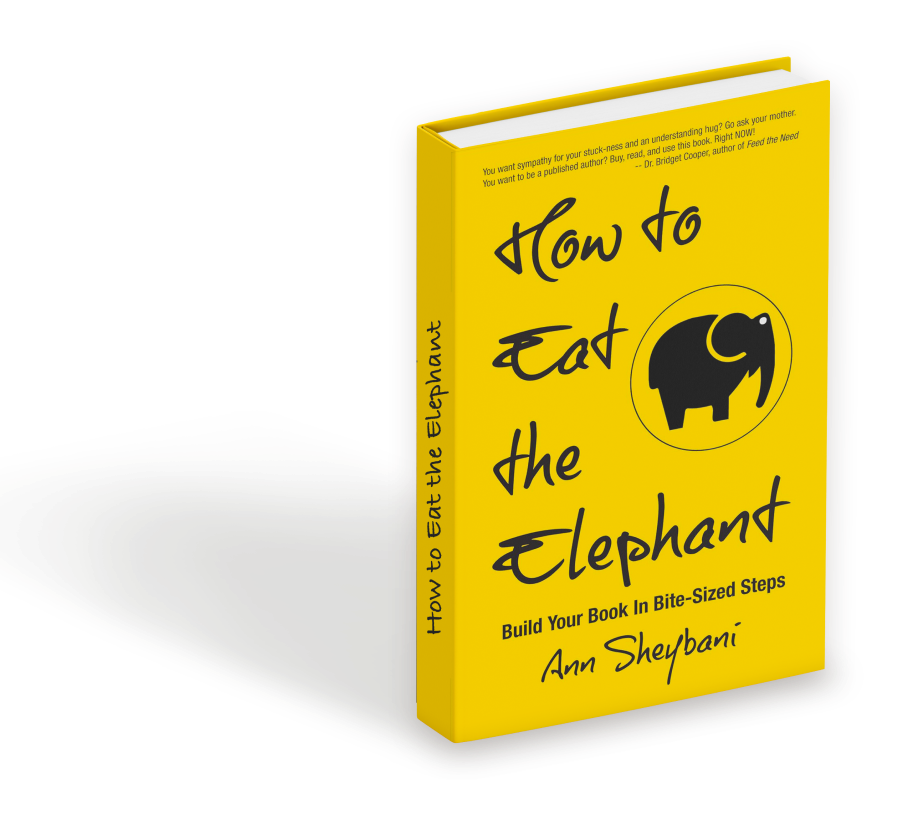I’m a huge fan of re-purposing. The question I always ask, lazy git that I am? How can I turn something I’ve spent eons creating into ten other things with next to no additional work?
If you’re a podcaster or someone who otherwise interviews folks on a regular basis, you’ll want to pay attention to Tim Ferriss’ latest book, Tools of Titans. Because Ferriss has done an excellent job of re-purposing content.
Ferriss is best know for his 2007 bestseller The Four-Hour Work Week, a title misconstrued to mean that by working for yourself, by creating your own business, you’ll enjoy an ungodly amount of free time on some sandy beach. This of course flies in the face of my favorite joke: What’s the best thing about being an entrepreneur? You get to choose which twenty hours of the day you work. (The Four-Hour Work Week is actually a great book on scaling an already established business.)
The Tim Ferriss Show, generally the most popular business podcast on iTunes, is the material source for Tools of Titans. After interviewing nearly 200 world class performers—movie stars, four-star generals, pro athletes, hedge fund managers—Ferriss set out to distill the lessons he learned from his guests into a sort of cheat sheet for himself. This required him to sift through thousands of pages of transcripts and hand-scribbled interview notes to unearth the gems.
It didn’t take him long to see how this cheat sheet would make for a great book.
Can you imagine if Ferriss had simply slapped together these transcripts, added an intro and a conclusion, and called it a day? Well, that would be the natural inclination of the average person. And what an unwieldy, incomprehensible mess that would yield.
Let me explain how Ferriss put this 673-page book together instead.
- He divided his content into three main sections, or, as I like to call them, drawers. These include Healthy, Wealthy, and Wise (Thank you, Benjamin Franklin.)
- Each interview subject was described in a concise bio.
- Added to this bio was an image of a spirit animal, which was remarkably compelling because you’ll want to read through the segment to see why the subject would have chosen that animal. (Mine would be a squirrel.) The most profound quotes, if there were any, were inserted above said bio.
- He places the questions that elicited the most interesting answers in bold, creates a sort of sub-heading, then gives us their statements below. Not the whole answer, I’m sure, just enough to make their point.
- Also placed beneath sub-headings are bits of wisdom and mindset stuff, performance-enhancing details, tips and tools. Watch how he uses sub-headings to make potentially disjointed bits of material flow.
- Most subjects offer their favorite books, particularly the ones they recommend all the time or gift. This almost always serves as the end of the segment.
Before we even get into the meat of the book, Ferriss tells us how to approach the thing, which is necessary, what with the bloody size of the thing. Think Manhattan Yellow Pages. He explains precisely how he’s organized the book, and why. Don’t expect this to read like one long narrative, he instructs, it’s a buffet, meant to be eaten one nibbly-bit at a time, to be skipped through as time and interest allow.
The best way to decide where to begin, beyond the general header of healthy, wealthy, or wise–I LIVED in the wise section; it was so good, I dog-eared half of it–is to examine the table of contents, spot the name of the interview subject you recognize, and dive right in there.
At the end of the book are some of the best appendices ever. (Worth the price of admission.) They include:
- The Top 25 episodes of The Tim Ferriss Show.
- His interview questions. (If you’re a podcaster or an interviewer of any sort, you’ll want to study these.)
- The most gifted and recommended books of all guests. (This will keep me busy for years. I’ve already downloaded on Kindle Surely You’re Joking, Mr. Feynman.) (Oh, and mine are The Emotion Thesaurus, Tiny Beautiful Things, and Profit First.)
- Favorite films and TV Shows. (Mine are probably, if push came to shove, The English Patient (mov), House of Cards (TV), and Scandal (TV).)
To make a book this big consumable, you need a lot of white space. You can’t be eager to cram it all on so you can save on page count. Ferriss spreads right out. Man spreads. You also need a lot of sub-headings that cut straight to the point.
To make the content cohesive, you’ll want to do what Ferriss did: draw attention to the patterns, to the commonalities of each of the subjects—habits, beliefs, recommendations. A whole new set of themes emerge—delay gratification, get comfortable with the uncomfortable, pursue happiness over financial success. Trust me, to draw such parallels requires a lot of synthesis and work. A lot of thinking. (I know! I so hate that.) This is the part of the process most writers side step.
I could probably devote another ten pages to the content itself, what I learned, what I want to apply to my own life. Because I’m not just enthusiastic about the way Ferriss put together this book, but also with the material itself.
Here is just a short list of people I want to explore more after reading their segments:
- Maria Popova of BrainPickings.org
- Scott Adams, the creator of Dilbert
- Jocko Willink, former SEAL team commander, who has his own podcast, apparently.
- Tim Kreider, essayist and cartoonist. (Tim included an excerpt of Kreider’s book We Learn Nothing, that makes me want to change my evil accomplishment-whore ways.)
- Carl Fussman, writer and all around badass.
- Cheryl Strayed, author of Wild. She’s got some great writing prompts in her segment. Check them out.
- Naval Ravikant, CEO of AngelList. I just like him.
Buy the book. If you’re writing your own book, buy it to study the structure I’ve just outlined. If you’re not writing a book, buy it because you’ll want to gulp this monstrosity down in one go.
So much for the whole buffet thing.


